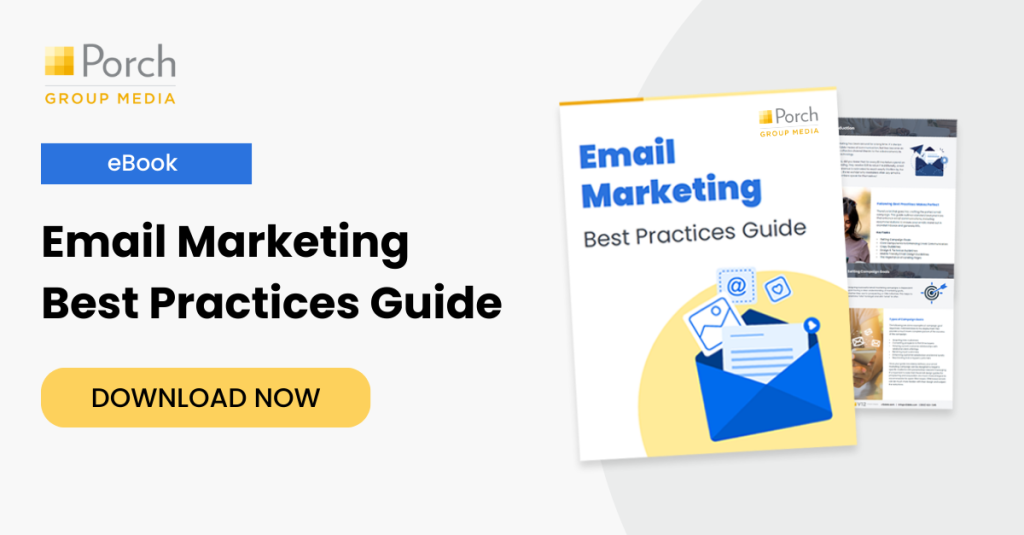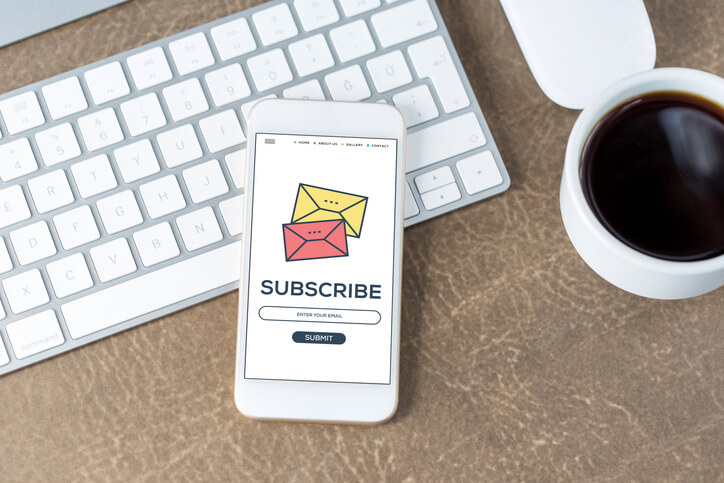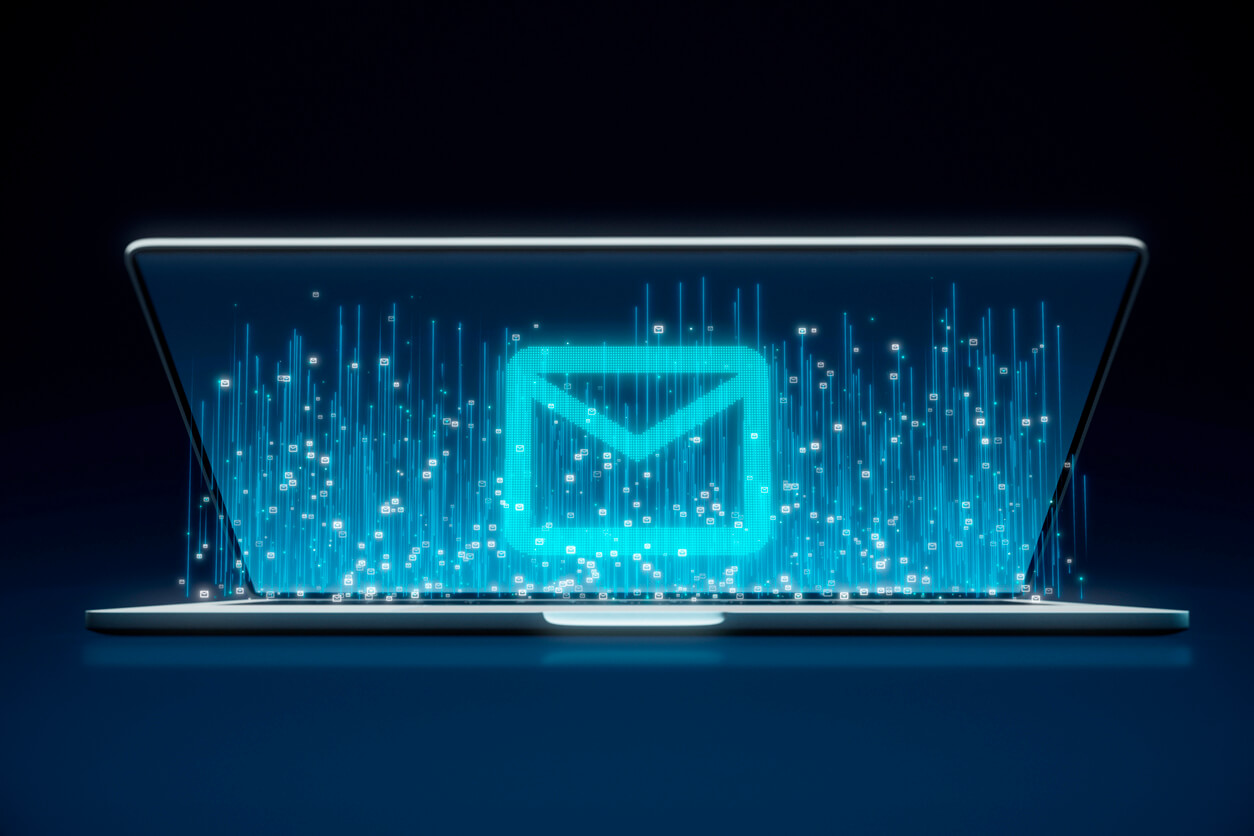As technology and customer expectations continue to evolve, embracing email marketing automation is no longer just an option but a strategic imperative for brands looking to stay ahead in the digital landscape.
From welcoming new subscribers with personalized greetings to recovering abandoned carts and celebrating special occasions, email automation streamlines the marketing process, maximizes efficiency, and fosters long-term engagement and loyalty.
In fact, two-thirds (65%) of marketers are utilizing automation as part of their email marketing efforts, according to research by Acend2. The rewards for implementing email automation can be huge. According to research by Sofwarepath, sending targeted emails using marketing automation software can drive an incredible 18 times more revenue than general, irrelevant email blasts.
3 Email Marketing Automation Tips and Strategies
1. Send a Welcome Email
Welcome emails are one of the most important and well-received emails you will send to your subscribers. In fact, the average open rate of welcome emails is more than 63.91%, so 6 out of 10 new subscribers will open your message (GetResponse) This may be one of the first impressions a subscriber has with your brand so make it count!
A Welcome email can be automatically triggered when a user takes a specific action, such as subscribing to a newsletter, product updates, creating an account, or making their first purchase. These emails serve to greet, thank, and provide valuable information to the recipient.
Welcome Email Best Practices
- Personalization: Address your new subscriber by name to add a personal touch. Use the data you have collected to tailor the content to their specific interests or preferences.
- Greeting: Start your email with a friendly and welcoming message. Express gratitude for their subscription or purchase and make them feel appreciated for joining the brand’s community.
- Value Proposition: Communicate the value the recipient will receive by being part of your brand’s community. Highlight any exclusive benefits, rewards, or access they will get as a subscriber or customer.
- CTA (Call-to-Action): Encourage recipients to take the next step or engage further with your brand. This could be directing them to explore your website, follow your brand on social media, or check out a specific product or service.
2. Develop an Abandoned Cart Recovery Strategy
Almost 7 in 10 people abandon their shopping carts, according to Baymard Institute. This is an average of 48 shopping cart abandonment studies, which range from 56% to 81%.
According to the study, the leading cause of abandoned carts is extra costs. Almost half of all online shoppers in the study reported that the extra costs were too high for them to complete their purchase. These costs may include fees such as shipping, tax, or any type of customs costs, as the leading cause of abandoned carts.
Additionally, 16% of people in the study said they abandoned their cart because they couldn’t see or calculate the total cost of the order upfront.
Abandoned Cart Recovery emails help recover some of these lost sales by gently reminding customers about the products they were interested in and addressing any potential barriers that might have led to the abandonment.
Consumers respond well to these types of reminders. SaleCycle reports they open almost 40% of abandoned cart emails. The click-through rate—the percentage of people who clicked on at least one link in an email—is 23.33%.
Abandoned Cart Recovery Email Tips
- Cart abandonment email campaigns with multiple emails outperform those with a single email. According to research by Klaviyo, who analyzed millions of cart abandonment emails e-commerce businesses sent, email campaigns with three cart abandonment emails generate the most revenue—$24.9 million compared to $3.8 million for those who only sent one email.
- Timing is key. The quicker you send abandoned cart emails, the better the conversion. Retainful tested emails by sending them at various frequencies to determine which one yielded better conversions and found the following had better open and click-through rates than other frequencies.
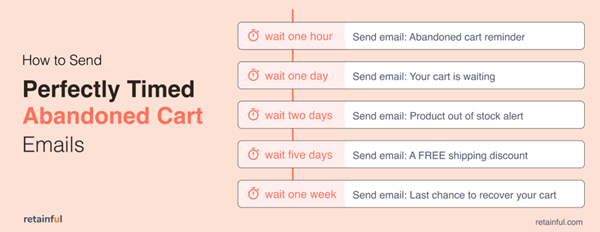
3. Send Birthday or Anniversary Emails
Birthday or anniversary marketing emails are a great way for brands to connect with their customers on a personal level, celebrate special occasions, and show appreciation for their loyalty.
These automated emails are triggered by the customer’s birthdate or the anniversary of their relationship with the brand, such as the date they signed up or made their first purchase.
Birthday/Anniversary Email Marketing Tips
- Ensure that you have collected the necessary data, such as the customer’s birthdate or the date of their first interaction with your brand. Encourage customers to provide this information during the sign-up or account creation process. Or ask customers to share their birthday with the incentive of a special discount or offer on their birthday.
- Consider setting up a series of automated emails that are sent over a few days, especially for birthdays. For anniversary emails, you can acknowledge significant milestones, such as one year, five years, or a decade of being a customer.
The effort is well worth it. According to research by Experian, birthday emails generate 481% higher transaction rates, have 342% higher revenue per email, 179% higher unique CTRs, and 53% higher open rates than other promotional emails.
Other Types of Automated Marketing Emails to Send
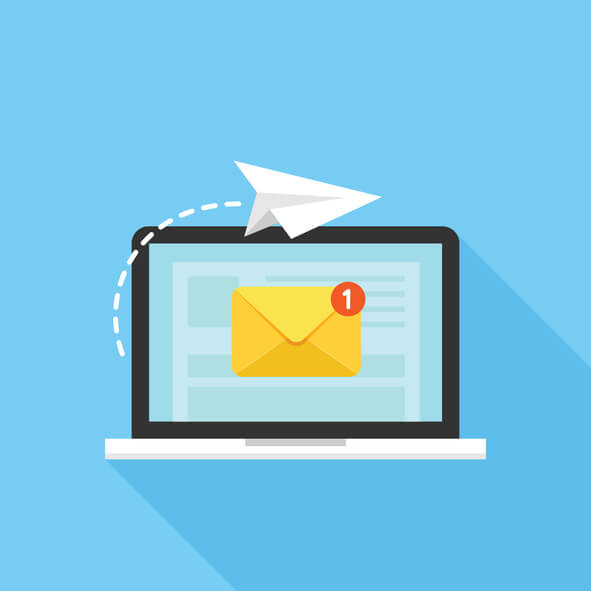
Order Confirmation and Shipping Updates
Automated emails that confirm the customer’s order, provide details about the purchase, and updates them on the shipping and delivery status.
Post-Purchase Follow-up
Sent after a customer makes a purchase, these emails can express gratitude, request feedback, and offer related products or services.
Re-engagement Email
Targeting inactive or dormant subscribers or customers, these emails aim to bring them back to your brand by offering personalized incentives or content.
Upsell/Cross-sell Emails
These emails recommend additional products or upgrades based on the customer’s purchase history or browsing behavior.
Renewal Reminders
For subscription-based businesses, these emails remind customers about upcoming renewals and highlight the benefits of continuing the subscription.
Feedback and Review Requests
Automated emails that request customer feedback, product reviews, or testimonials, helping to build social proof and improve products or services.
Conclusion
Email marketing automation can be a game-changer for businesses seeking to establish meaningful connections with their audience and drive sustainable growth. By leveraging the power of automated workflows, brands can deliver relevant and timely messages that resonate with their customers at every stage of their journey.
